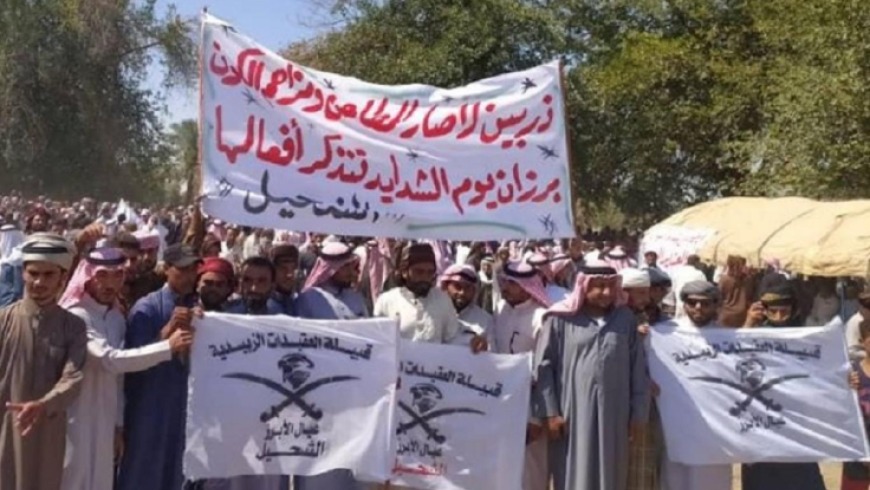Deir-ez-Zor has endured significant suffering under the rule of the Baath regime, particularly during the Assad family’s leadership. Apart from intentional marginalization, impoverishment, and resource exploitation, Hafez al-Assad perpetrated a grave injustice by eroding the region’s values, ethics, and traditions, while elevating those loyal to him and suppressing its male population.
From his military coup in 1970 until his death in 2000, Hafez al-Assad failed to appreciate Syria’s diverse regions with a genuine understanding of their diversity and unity. Instead, his approach was based on their proximity to supporting his authority, leading to the subjugation and oppression of certain areas, including Deir-ez-Zor. He systematically sidelined the governorate, hindered its modernization and progress, and crushed its distinct identity.
Deir-ez-Zor had already paid a heavy price in the early 20th century due to its geographic location and the Sykes-Picot Agreement. However, the gravest consequences emerged later, as the leaders of Syria and Iraq under the Baath party grew increasingly power-hungry. Hafez al-Assad did not view Deir ez-Zor as a Syrian city with full rights for its residents but rather as a place whose loyalty to him was suspect due to historical ties to Iraq and its Arab-tribal demographic composition. Saddam Hussein exploited this perception by manipulating inter-clan relationships on both sides of the border.
Hafez al-Assad used intimidation tactics to subdue Deir-ez-Zor, attempting to co-opt its tribal leaders, subjecting them to his security apparatus, and diminishing their authority. His goal was not to strengthen the rule of law and the state but to secure their loyalty to him. Additionally, he involved them in his corrupt economic practices and bolstered the presence of his security forces. These actions hampered citizens’ ability to shape their own destiny, resulting in Deir-ez-Zor’s dire state, lacking even basic services despite its abundant resources.
Shortly after the Syrian revolution began, Deir-ez-Zor joined the uprising, hosting a massive demonstration with over 150,000 participants. In response, the regime employed brutal tactics, causing casualties and imposing prolonged sieges on the city. Since then, Deir-ez-Zor has been under the control of a series of increasingly oppressive de facto authorities.
The SDF attributes the recent conflict in Deir-ez-Zor to various factors, but these explanations are mostly peripheral or inaccurate. The core issue lies in the SDF’s disregard for the region’s population and its national significance. It fails to recognize the people’s right to self-governance.
Ignoring the realities on the ground will only exacerbate conflict. Resorting to violence to establish control will further deepen divisions between parties. The SDF and other de facto forces must acknowledge the prevailing circumstances and respect the people’s rights. History does not validate the use of brute force, even with external support.
Deir-ez-Zor, the province resting along the Euphrates, remains under the oppressive rule of de facto forces. These entities lack an understanding of the region’s culture and the soothing influence of the river on its people’s lives. Such injustice cannot persist in this corner of Syrian geography for long, as it is bound to awaken from its slumber.
This article was translated and edited by The Syrian Observer. The Syrian Observer has not verified the content of this story. Responsibility for the information and views set out in this article lies entirely with the author.


